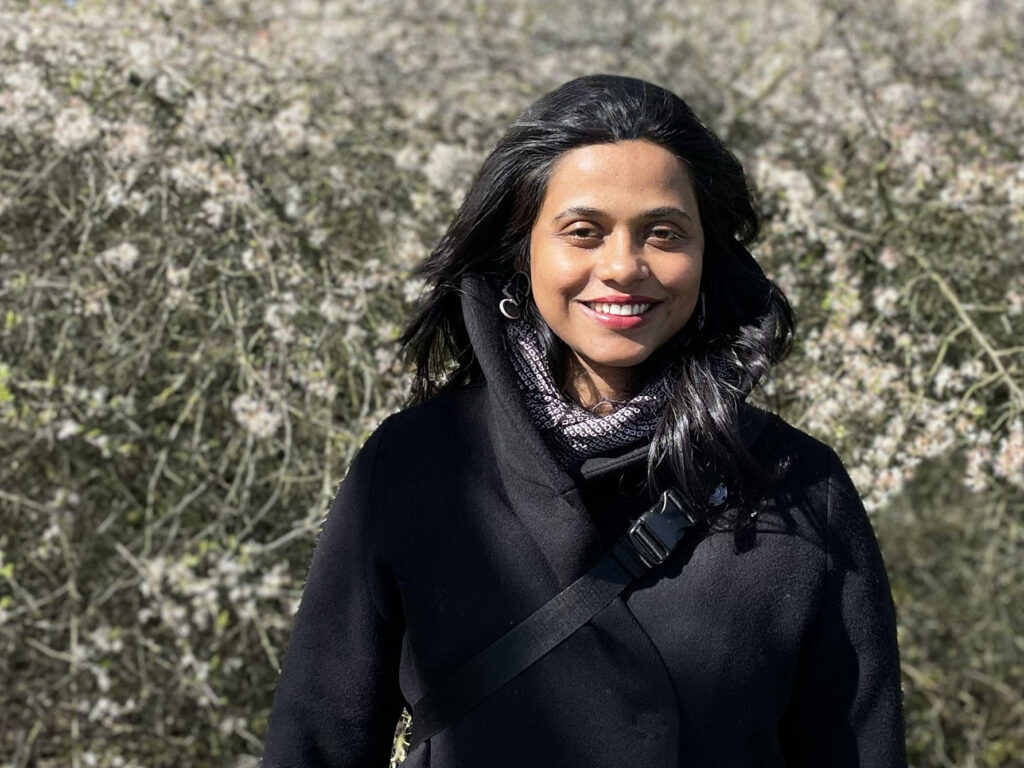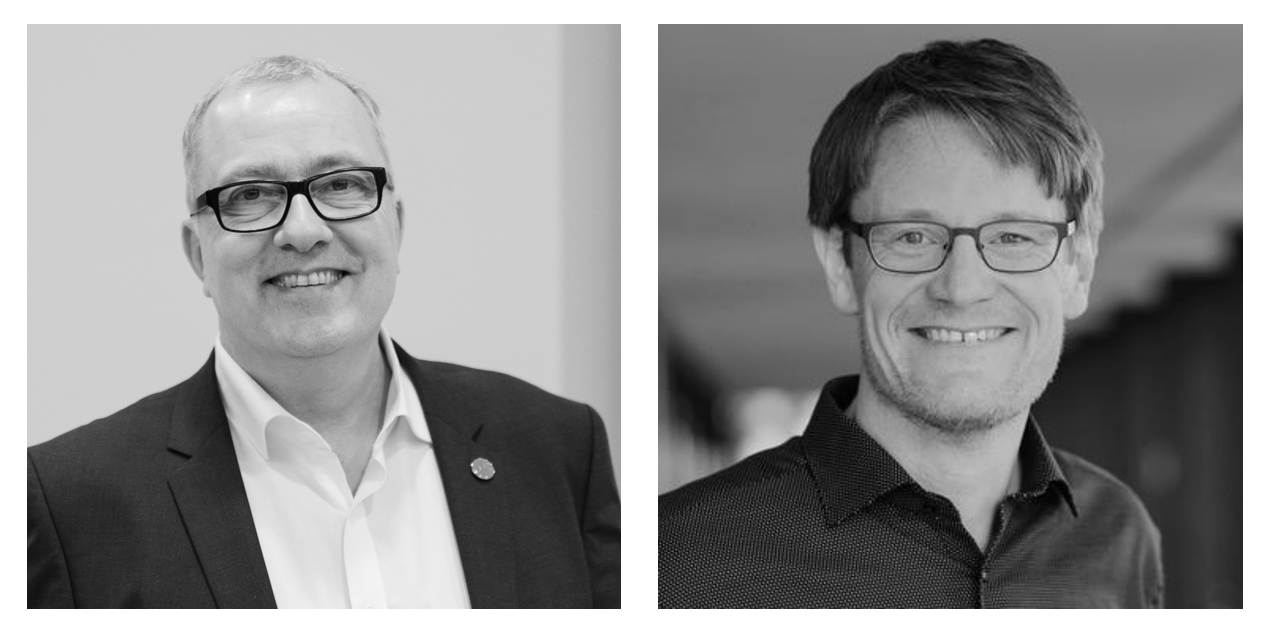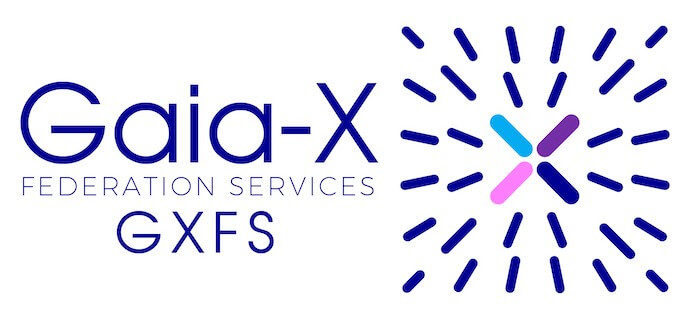
An interview with Dr. Shalini Sahoo, Scientific Director at Bechtle AG

What does it take for us to trust digitalised public administration? According to designer and philosopher Dr Shalini Sahoo, citizens need to be in a position to control their data, rather than the other way around. As Scientific Director at Bechtle AG, she is working together with six partner companies on the POSSIBLE project, which is developing a Gaia-X data space and productivity solutions for public authorities, the education sector and SMEs. In this interview, she reveals how the GXFS supports the Gaia-X funding projects in their pioneering work and why digital sovereignty is not a free ride.
Shalini, you studied design at the Royal College of Art in London and completed your PhD on intelligent mobility. For your doctoral thesis, you developed approaches for harmonious interaction between people and digital ecosystems. One of your research projects was on city trams. What do digital interfaces in local transport have in common with administrative solutions?
It is all about how we develop the type of technology that we all use and that affects our lives. As a researcher, I am seeking ready-to-use solutions on how to embed ethical and overarching policy goals into real services and products. Whether you can confidently use the information systems in a city tram or electronic administrative services determines how free and autonomous you feel in an increasingly digitalised world. As things rapidly change, we as people are those who have to primarily adapt ourselves to technology, rather than vice versa. Using artificial intelligence as an example, we can observe how the world is split into a small number of “insiders” and a great deal of “outsiders” – that is, people without the appropriate knowledge. The result is that most people have to accept the technology’s influence as inevitable. But technology must not incapacitate you.
How do you want to have that prevented?
Every user interface represents a hypothesis of its creators about how people understand and operate a device or an app. In my work, I am looking for methods to find out how to make such hypotheses evidence-based, i.e., based on facts, and to improve them iteratively. We gain these facts through what we in science call a systemic approach.
What do you mean by “systemic”?
What matters is the context in which we use technology. If I were to introduce a digital service for issuing the new driving licence in an office where almost everything else is analogue, then I would have to take that into account! Otherwise, the modern service would cause additional problems – for example, the need to receive verification documents in the conventional way. Furthermore, we must not only look at organisation and processes, but also empathise with the individuals: What prior knowledge does an employee in the public administration have, and what knowledge does the citizen who uses the service have? In addition, these parameters are constantly changing. So, we are aiming at a moving target.
Why are you involved in a sponsored project for Gaia-X?
Gaia-X is unique. One of its kind, as it is said in the UK: It is one of the very few technology initiatives that first reflects on its values before making technical decisions.
What values does Gaia-X base digital technology on?
These are all principles that shape the foundation of our coexistence and human cooperation. To condense them all into one concept: it’s trust. Without trust there is no personal control, no sovereignty and also no cooperation. Trust is the foundation of any data economy.
Is that not simply wishful thinking?
For many years, Internet billionaires like Mark Zuckerberg brought technology to the market under the maxim: “Move fast and break things”. Today, societies have to make these pioneers comply with fairness and the law in an arduous process. Such a Sisyphean task will never end as long as we always retrofit ethics first. Who says we are not able to develop technology to serve the many rather than the few? Ethics by design, so to speak? At Gaia-X, hundreds of companies are collaborating to turn this into reality. What gives me so much hope is that we are finally learning to develop technology with wisdom and foresight.
How are values built into technology?
(laughs) Ideally this doesn’t need to happen! Values should already be embedded in the concept. After all, I would like to be confident that the protection of personal data and trade secrets is part of the blueprint of digital solutions, not an add-on that their publishers can turn off at will. Nor is it sufficient that this protective mechanism is hidden somewhere in the code or a chip. Users need to experience it in their daily interaction with a technology. This is the only way to create what we designers call a sense of control.
What are you working on with your Gaia-X POSSIBLE project? And what does this name stand for?
POSSIBLE is an acronym for “Phoenix Open Software Stack for Interoperable Engagement in Dataspaces”. We intend to make the digitalisation of office processes accessible to all. IT technology has not only been used since yesterday. But we are concerned with the next stage of development: data-based work and, above all, data-based cooperation. In the coming decades, data will be the prerequisite for progress and prosperity in Europe.
What are you developing in concrete terms?
We are developing an office package for public administrations, educational institutions and SMEs. It is based on Dataport’s dPhoenixSuite 3.0. The office suite includes software tools for email, chat and video conferencing. This also includes a cloud service for storage space and an online sharing platform for exchanging documents. We are developing a range of AI-based intelligent services in the project in order to complement the office. Our software tools are web-based, so they no longer need to be installed locally and are available as an open-source licence. That means the source code is accessible, and that there are no hidden backdoors.
Why do we need another office package?
Office packages today are no longer just about individual productivity, but about collaboration with others. We are developing an open-source solution that consistently protects the data sovereignty of its users and enables cooperation in secure data spaces. Especially in the three domains of our project – public administration, educational institutions and SMEs – there are still concerns on the data protection about giving third parties access to internal documents. We aim to strengthen trust in digital cooperation so that our target industries can benefit from smart services and actively participate in the data economy.
What role does Gaia-X play in this regard?
The desire for data sovereignty not only drives our project forward, but is a central feature of Gaia-X. The Gaia-X ecosystem offers the advantage of a community in which external actors can share data securely with each other. Gaia-X is the world’s first digital initiative to combine the political and economic levels on this scale. The goal of Gaia-X is to enable data spaces from different projects and industries to be interoperable, as long as they subscribe to common principles. Without the Gaia-X approach, many initiatives are left isolated in their functional and data silos. Therefore, we are building our project on the foundation of decentralised and sovereign data infrastructures.
In addition to the consortium leader Bechtle, six other partner companies are participating in POSSIBLE. How do the partner companies contribute to the project?
With Phoenix, the Dataport company supplies the office package mentioned earlier. The August Wilhelm Scheer Institute (AWSi), imc AG, also from the Scheer Group, and the Fraunhofer Institute for Open Communication Systems (Fokus) are responsible for developing the smart services. Our partner Univention is an open source pioneer and contributes server operating system and container technology to run our cloud services. The Internet provider IONOS SE, which is involved in many Gaia-X projects, provides the cloud infrastructure for this project.
What are the smart services? What do they do?
We are currently working on three such smart services:
- Piveau is a data management platform for the public sector around Big Data, Data Sharing and Open Data. The Fraunhofer development helps users, for example, to make more solid decisions based on data. Piveau prepares such data clearly in dashboards. Similarly, we are implementing our federal service catalogue with Piveau.
- Our partner imc AG contributes a smart service for learning management. With the help of artificial intelligence, work processes and training paths of employees can be evaluated. The AI gives an outlook on which competences could be bottlenecks in an organisation in the future and gives recommendations for further training.
- The third smart service was developed by AWSi and offers tools for desktop activity mining, i.e., for analysing and optimising organisational processes. An important approach is to document tasks and work processes in order to reveal implicit knowledge. This way, new employees find their way around more quickly when onboarding, and work steps can be automated more easily.
How do you use Gaia-X Federation Services at POSSIBLE?
POSSIBLE is a reference implementation of Gaia-X. This means we comply with the Gaia-X ecosystem, test, provide feedback and use the GXFS code modules whenever it makes sense for us. As a starting point, we deal with the components for self-descriptions. Initially, the implementation was a hurdle: The documentation could be more comprehensible. A separate workshop for self-descriptions was helpful but came a little late. We use Fraunhofer’s Piveau system for the federated catalogue, as mentioned before. In the next few weeks, we will decide which GXFS components to use next. In general, the GXFS entails the right approach and a rich technology for building and managing federations. We are delighted that the code is now available when the sponsored projects go into implementation.
How do you evaluate the GXFS maturity level for your project?
The GXFS provides important tools and a framework with an initial code base. The eco Association and the GXFS have done a good job in the first roll of the dice. It goes without saying that there’s also criticism from the community. But the fact is that this is a new technology, so it’s about experimenting and learning. Perhaps that is also a question of mentality. From my work at MIT in the US, I am used to a different willingness to take risks towards technical experiments. In Europe and in Germany, we sometimes still have a hard time with this. Ultimately, the mission of Gaia-X funding projects is to develop, test and improve. This is pioneer territory. Following the release of the GXFS, the sponsored projects and project partners should now play their part and contribute to this. We cannot expect ready-for-sale solutions. Digital sovereignty is not a free ride.
Dr Shalini, Thank you very much for the interview!
Andreas Weiss & Thomas Sprenger

Every month on LinkedIn and www.gxfs.eu
Every month from now on, we will guide you through the world of Gaia-X on LinkedIn and www.gxfs.eu. Our analyses and interviews give background and insights into how a European initiative and its collaborators want to create an ecosystem for value creation from data.
Heading this series of articles is Andreas Weiss. As Head of Digital Business Models at eco as well as Director of EuroCloud Deutschland_eco, Andreas Weiss is well connected and familiar with the Internet and cloud industry in Europe. He brings his experience to Gaia-X Federation Services (GXFS), whose project teams are responsible for the development of Gaia-X core technologies. Led by eco, the GXFS-DE project is also funded by the German Federal Ministry of Economic Affairs and Climate Action and is in close exchange with the Gaia-X Association for Data and Cloud (AISBL). Weiss is supported on this blog by Thomas Sprenger, an author and copywriter who has been writing about the digital transformation for twenty years.
